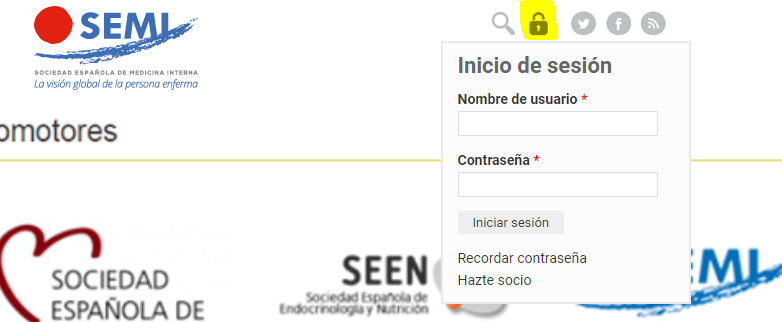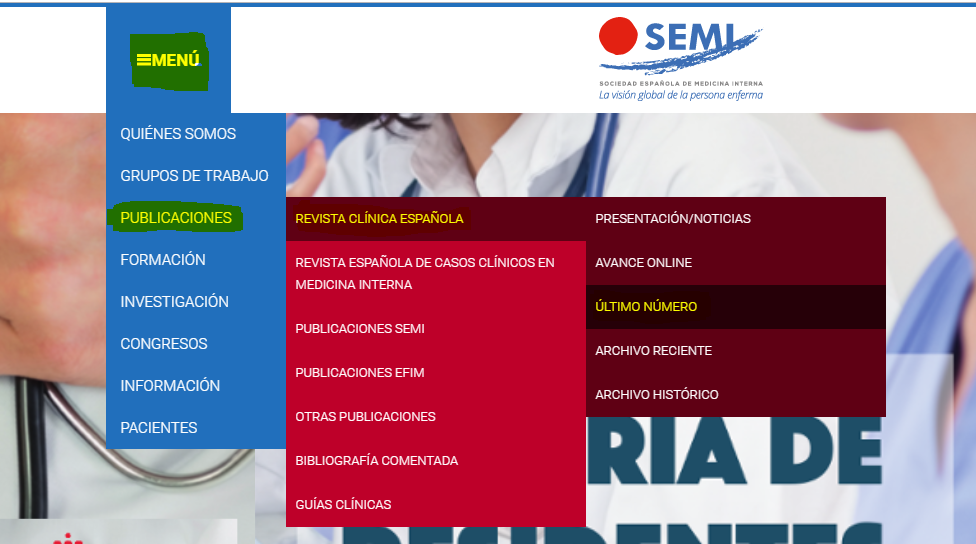To identify the variables associated with living in a care home in patients aged 65 or older who consult in the emergency department (ED), and to assess their outcomes.
MethodsPatients aged 65 or older who consulted in 52 Spanish ED during one week in April 2019 were included and classified according to whether they lived in a care home or at their family home. The characteristics of these patients and the differences between the two groups were investigated using a logistic regression model and the calculation of the odds ratio (OR) with its 95% confidence interval (CI). Mortality, ED revisits, and hospitalization rates at 30 days and at 1 year after the index episode were evaluated, calculating the hazard ratios (HR) and their 95% CI, as well as the log-rank statistic with Cox regression.
ResultsA total of 23,629 patients were analyzed, of which 1569 (6.6%) lived in a care home. Of the 18 variables explored, several were associated with living in a care home in the multivariate model, with the following showing significant results: inability to ambulate, OR 11,330 (95% CI 8967–14,314); ambulation with assistance, OR 5687 (95% CI 4759–6796); cognitive impairment, OR 2802 (95% CI 2448–3208); and age over 85 years, OR 2191 (95% CI 1821–2636). Total mortality at 30 days and 1 year was 4.4% and 13.7%, respectively, both being higher in the care home patients, with an adjusted HR of 1472 (95% CI 1236–1753) and 1421 (95% CI 1282–1576), respectively. There were no differences in ED revisits or hospitalization in 30 days and 1 year in the adjusted global model.
ConclusionsPatients aged 65 or older who consult in the ED and live in a care home have a worse baseline condition compared to those living at home. During follow-up at 30 days and 1 year, these patients also have higher overall mortality, although there are no differences in ED revisits or hospitalization.
Identificar las variables asociadas a vivir en una residencia en los pacientes de 65 o más años que consultan en los servicios de urgencias hospitalarios (SUH) y evaluar sus resultados evolutivos.
MétodoSe incluyeron los pacientes de 65 o más años que consultaron en 52 SUH españoles, durante una semana del mes de abril del año 2019, y se clasificaron en función de si vivían en una residencia o en el domicilio familiar. Se investigaron las características de estos pacientes y las diferencias entre ambos grupos mediante un modelo de regresión logística y el cálculo de laodds ratio (OR) con su intervalo de confianza (IC) 95%. Se evaluó la mortalidad, la revisita a urgencias y la hospitalización a los 30 días y al año del episodio índice, calculando las hazard ratio (HR) y su IC95%, y el estadístico log rank con la regresión de Cox.
ResultadosSe analizaron un total de 23.629 pacientes, 1.569 (6,6%) vivían en una residencia. De las 18 variables exploradas hubo varias que en el modelo multivariante se asociaron con vivir en residencia, destacando las siguientes: no deambulación, OR 11,330 (IC95% 8,967 – 14,314), deambulación con ayuda, OR 5,687 (IC 95% 4,759 – 6,796), deterioro cognitivo basal, OR 2,802 (IC95% 2,448 – 3,208), y edad más de 85 años, OR 2,191 (IC95% 1,821 – 2,636). La mortalidad total a los 30 días y al año fue del 4,4% y del 13,7% respectivamente, siendo ambas mayores en los pacientes de residencia con una HR ajustada 1,472 (IC95% 1,236 – 1,753) y 1,421 (IC 95% 1,282 – 1,576) respectivamente. Para la revisita a urgencias y la hospitalización a los 30 días y al año, no hubo diferencias en el modelo ajustado global.
ConclusionesLos pacientes de 65 años o más que consulta en un SUH y viven en residencia presentan una peor situación basal que los que viven en el domicilio familiar. En el seguimiento a los 30 días y al año, estos pacientes también presentan una mayor mortalidad global, sin embargo, no hay diferencias en la revisita a urgencias y la hospitalización.
Article
Diríjase desde aquí a la web de la >>>FESEMI<<< e inicie sesión mediante el formulario que se encuentra en la barra superior, pulsando sobre el candado.

Una vez autentificado, en la misma web de FESEMI, en el menú superior, elija la opción deseada.

>>>FESEMI<<<










